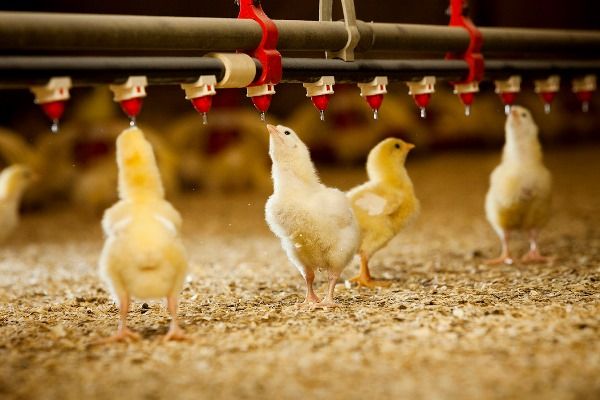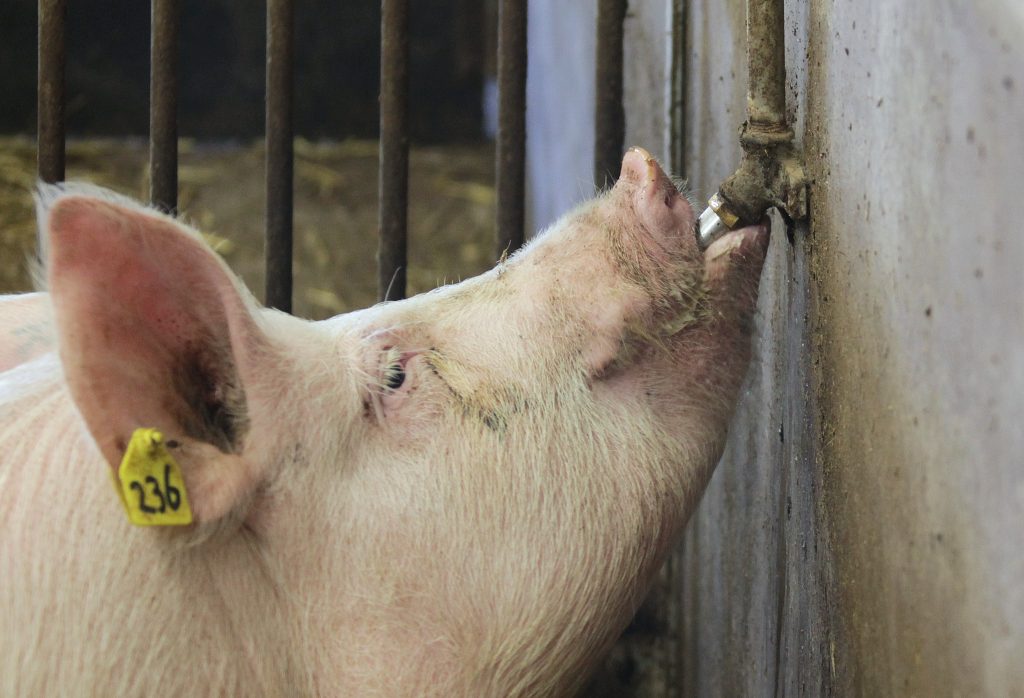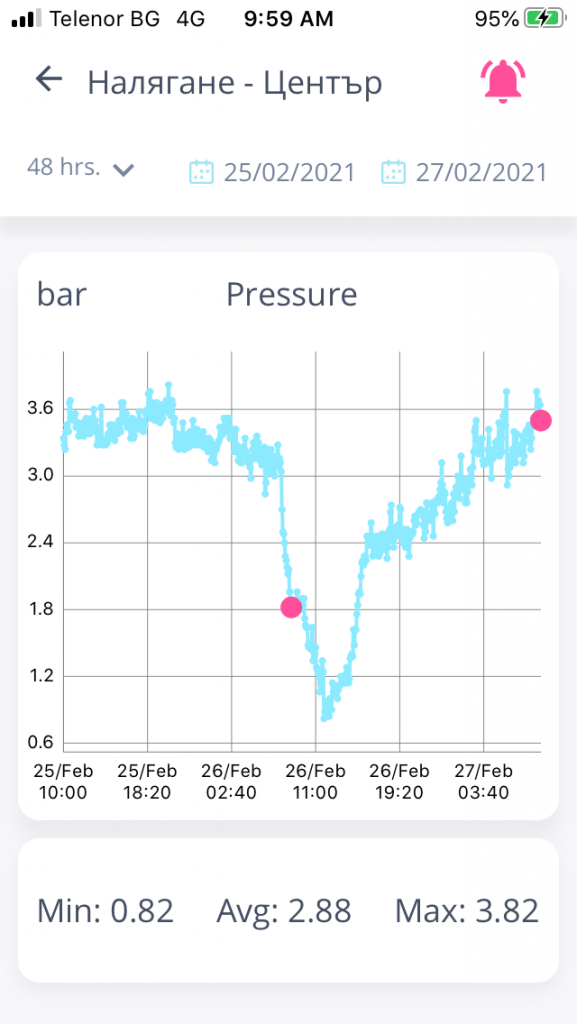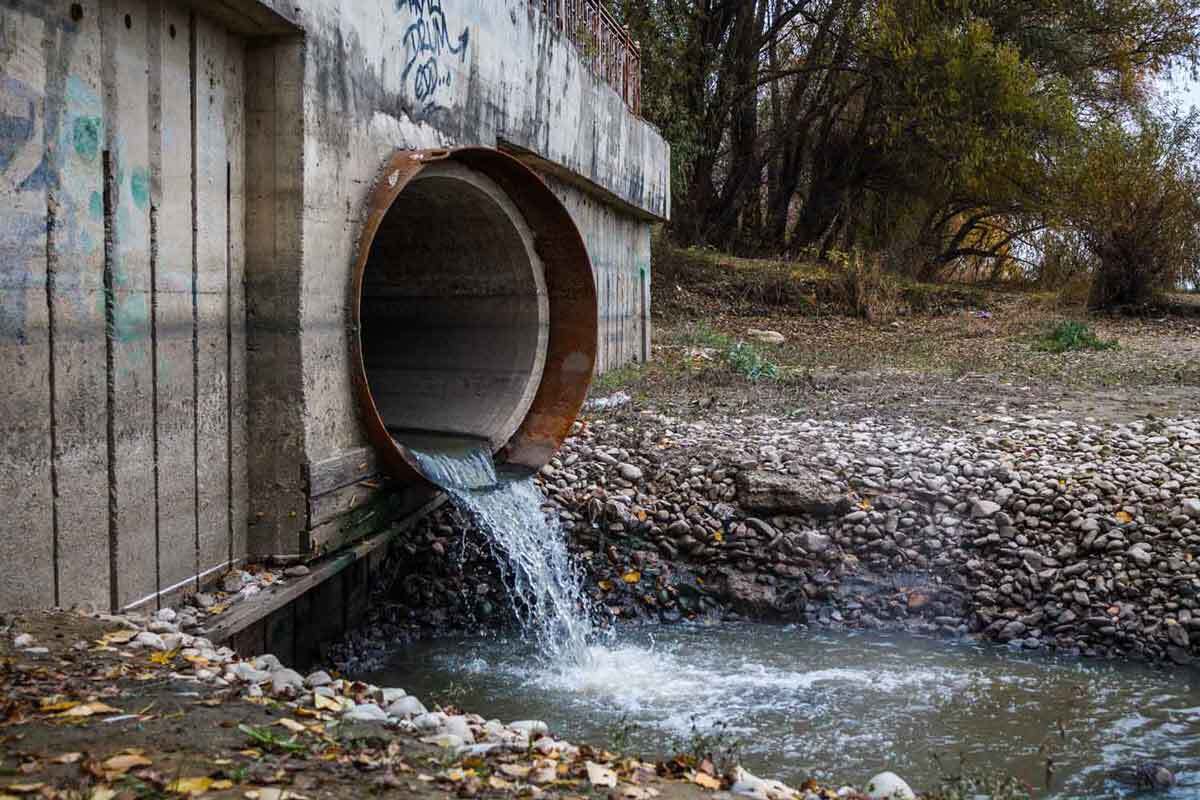In this blog post we will try to summarize the importance of water consumption monitoring of livestock (cattle, chicken/broilers, pigs) and how you can simply achieve it by using our products.
Why it is so important to monitor water consumption of your livestock
Providing adequate water to livestock is critical for animal health and production. Livestock water requirements vary significantly depending on the species and it is influenced by a number of factors such as age, rate of gain, pregnancy, lactation, activity, type of a diet, feed intake and environmental temperature. In order to meet water intake requirements, farmers obtain water from wells, fountains, surface water and moisture found in feedstuffs. Regardless of location and the way animals drink, the water consumption can be monitored. Farmers can get graphed data to analyze and receive early warnings & notifications to be able to react on time and prevent damage to their herds.

Livestock water usage vary significantly depending on the species. Water consumption is influenced by a number of factors, including age, rate of gain, pregnancy, lactation, activity, type of a diet, feed intake and environmental temperature. Livestock obtain water from wells, fountains, surface water and moisture found in feedstuffs.
10% decrements in livestock body water can be critical for animal health and fatal for most of the species.
Importance to monitor water consumption in chicken farms
Recent research has shown that during the first full day of its life a chick will eat approximately 1/4 of its weight in feed.
By the end of the first week, a 40-gram chick (0.09 lbs) will eat approximately 150 grams (0.33 lbs) of feed. That would result in gain of approximately 140 grams (0.31 lbs). This gives a feed conversion ratio (FCR) of approximately 0.5 kg (1.1 lbs) of gain/ lbs. of feed (Alqhtani, 2016).
That very high growth rate during the first week is only achievable IF the chicks have access to plenty of water. Simply, if a chick does not drink, it will not feed and will not grow.

So, identifying problems early on with chick water usage during the first few days of chick’s life can be of tremendous benefit to the farmer.
Pigs
As per [4] “the average daily gain of all pigs is 0.70kg per day. Water consumption increased linearly, with a lower rate of increase as pigs neared slaughter weight. On average, pigs consumed (use plus wastage) 7.07 liters of water per kg of gain.” Also as per [4] “the average pen water consumption per pig in relation to observed symptoms of disease (as recorded by the health scores), showed a reduction in water consumption in pens in suffering from scour at a clinical score of four in week two of the trial.” So again, similar to chickens and cattle, reduced water consumption is a sign that something is happening with your pigs.

How does ThingsLog can help?
Figuring out the importance to monitor water consumption of livestock we have put together a solution for water consumption metering and monitoring The solution allows farmers to monitor through ThingsLog mobile app on their phones and tables water consumption together with tank/dwell water level and to detect sudden pressure drops in water supply network. Some examples below.

Chick water consumption (10k chickens) – growing pattern. On the example above you can see how chicken’s daily water consumption pattern increases day by day.




Pressure drop in water supply networks is a sure sign for lack of water in the pipes and this can cause issues for you and your stock. It is crucial to get an instant alarm notification and react fast.
How to buy?
You can buy our products from our online online store ThingsLog4u. There you will find water meters and data loggers for remote water consumption monitoring. We also offer ready for use level and pressure monitoring kits.
All ThingsLog products provide remote monitoring with an ability to get graphs and to monitor livestock on your device.
Finally, if you have questions please don’t hesitate to send us a message on our contact form https://thingslog-stage.lkjh.me/contact-us/.
Conclusion
Being able to accurately measure water usage during the stock life has tremendous benefits. Farmers that understand the importance of monitoring water consumption of live stock have significantly better chances to grow better herds or flock with less costs.
Generally speaking, the more water animals are drinking, the better they are doing. If water usage is lower compared to previous periods, it typically means the animals are eating less than before, resulting in slowed down growth. Possible reasons are extreme temperature changes at the house and/or animals are unwell and have gotten sick. This could be an incident with the drinker system or a hole in your tank. Regardless of the reasons, having a water monitoring solution capable of accurately measuring animals water usage is one of the best and most inexpensive methods of providing a farm manager an indicator of their livestock life conditions.
References
- The importance of monitoring chick water usage
- Water Consumption Rates/Levels for Layers & Broilers
- Water Intake and Dry Matter Intake Changes as a Feeding Management Tool and Indicator of Health and Estrus Status in Dairy Cows
- Monitoring Water Consumption to Assist Health Management




